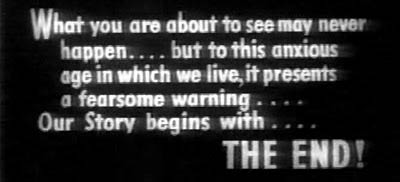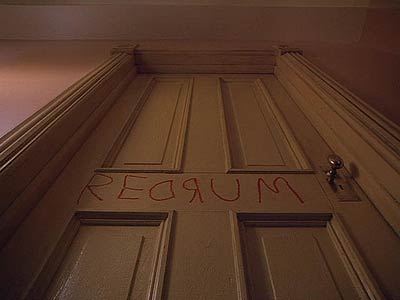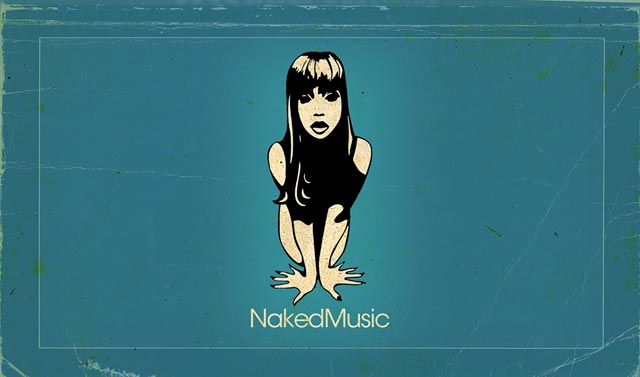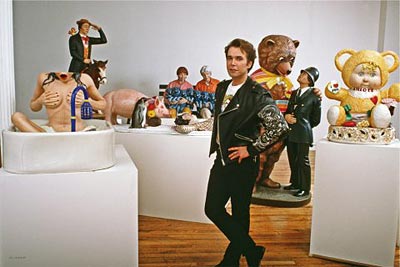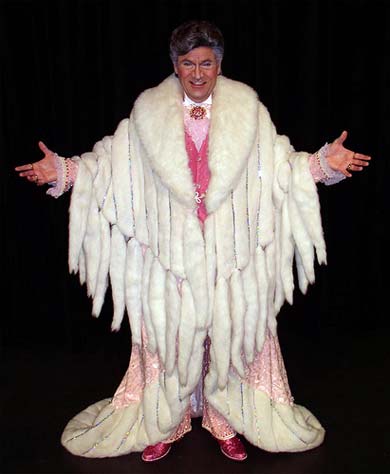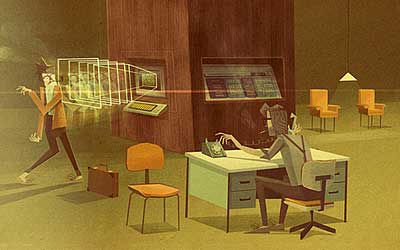The New Museum’s controversial show of work from billionaire collector Dakis Joannou’s art trove now has a curious new name and a list of artists courtesy of its special guest curator, the artist Jeff Koons. The museum announced yesterday that the show, entitled “Skin Fruit,” would include more than 100 works by 50 artists, including one by Koons.
The artist list stretches from contemporary art stalwarts like Paul McCarthy, Richard Prince, and Franz West to younger figures like Dan Colen, Andro Wekua, and Nate Lowman. New versions of work by Charles Ray, Jenny Holzer, and Robert Cuoghi will also be on display for the first time. (…)
The exhibition is the first edition in a planned series called “The Imaginary Museum” at the New Museum, which will show work from leading private collections from around the world.
{ ArtInfo | Continue reading | Artwork pics | Skin Fruit: Selections from the Dakis Joannou Collection, March 3, 2010 until June6, 2010, New Museum, NYC | Press realease }
An article described concerns in the art world over the propriety of a coming show at the New Museum that will feature the private collection of a museum trustee, Dakis Joannou, and be curated by Jeff Koons. Mr. Koons is an artist whom Mr. Joannou collects extensively, and the article noted that critics of the museum consider it to be enmeshed in what can seem like a dizzyingly insular circle of art world insiders.
Here is an example:
Right now, the museum is devoted to a show of works by Urs Fischer, an inventive Swiss sculptor whose work is owned by Mr. Joannou. Mr. Fischer is represented by the gallery owner Gavin Brown, who also represents the painter Elizabeth Peyton, who had a solo show at the New Museum last year. That was curated by Laura Hoptman, whose husband, Verne Dawson, belongs to Mr. Brown’s stable of artists, too.
{ NY Times, 2009 | Continue reading }
Jeff Koons is scanning his phone machine, hoping to hear a message from an executive at a major Wall Street investment firm. Earlier in the day, a waitress in a Manhattan restaurant had inadvertently handed the executive’s corporate credit card to Koons and Koons’s card to the executive. If the pinstriper could see Koons—street casual in a black polka-dot shirt and fraying black jeans—he might be a bit concerned. But in this case appearances are especially deceptive; unless the exec has been trading on inside information, it’s almost certain that Koons has had the more lucrative first quarter of ‘89. At 34, he is by most estimates the hottest young artist in America—and one of the richest. He is expected to gross about $2.5 million from his most recent show, which was staged—with typical Koons flair—in Chicago, New York City and Cologne, West Germany. Simultaneously.
{ People, 1989 | Continue reading }





